Using the right kind of clamp during a dental procedure can mean the difference between an expert result and a patient returning to the chair, dissatisfied—or worse yet, in pain.
However, choosing the right clamp for your procedure is easier said than done. “You need to know the importance of your clamp selection,” explains Dr. Céline Higton, BDS Hons.
Higton, who recently presented at Seattle Study Club’s 2021 Symposium, says that when dentists get too comfortable using the same methods to isolate teeth for procedures, the results will often fall short of the patient’s standards.
“Good enough is never good enough. That’ll do? No, it won’t” says Higton. “This is my mantra, this is my philosophy, this is how I practice all my dentistry.”
To combat the potential for serious rubber dam placement issues, like slippage, during procedures, “It all hinges on the clamp selection,” says Higton. “Clamps, they are the star of the show.”
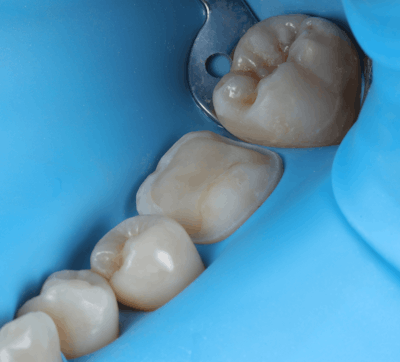
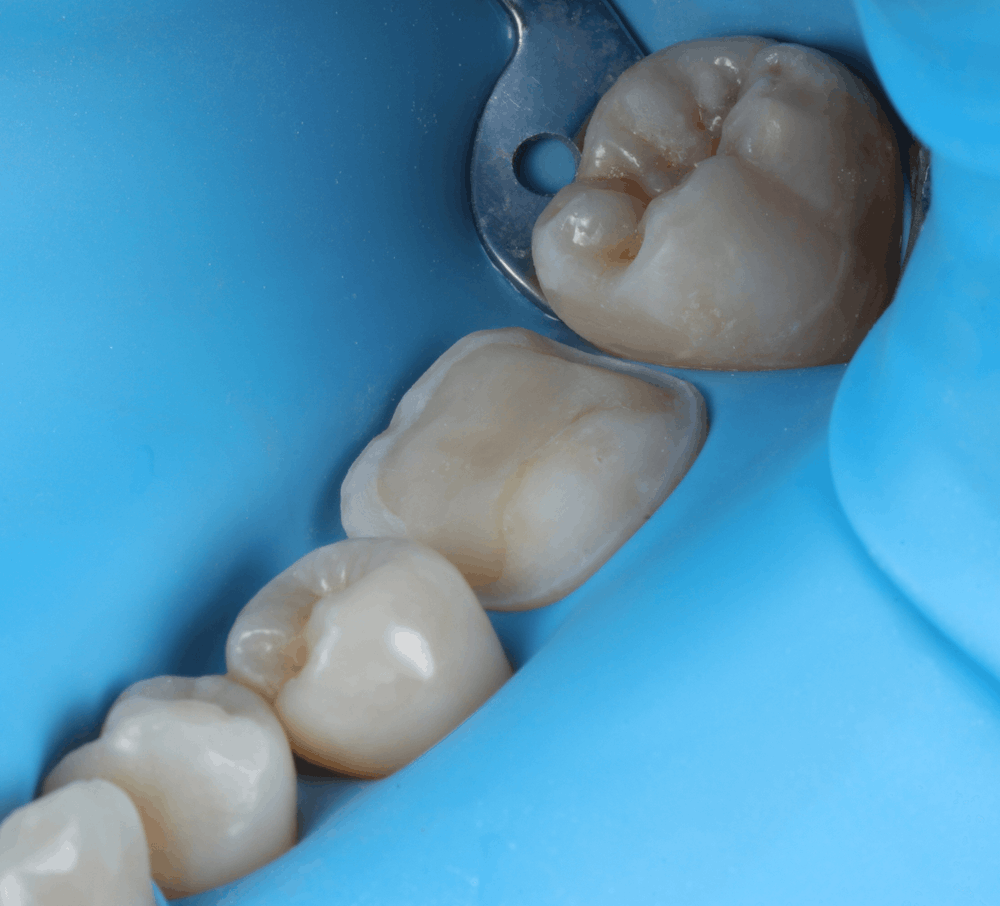


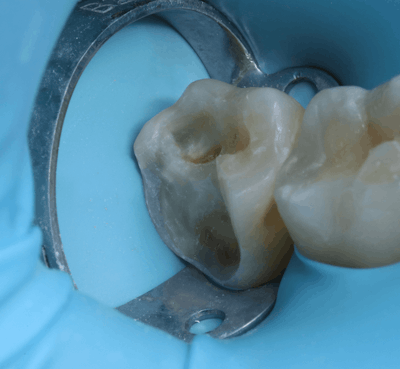
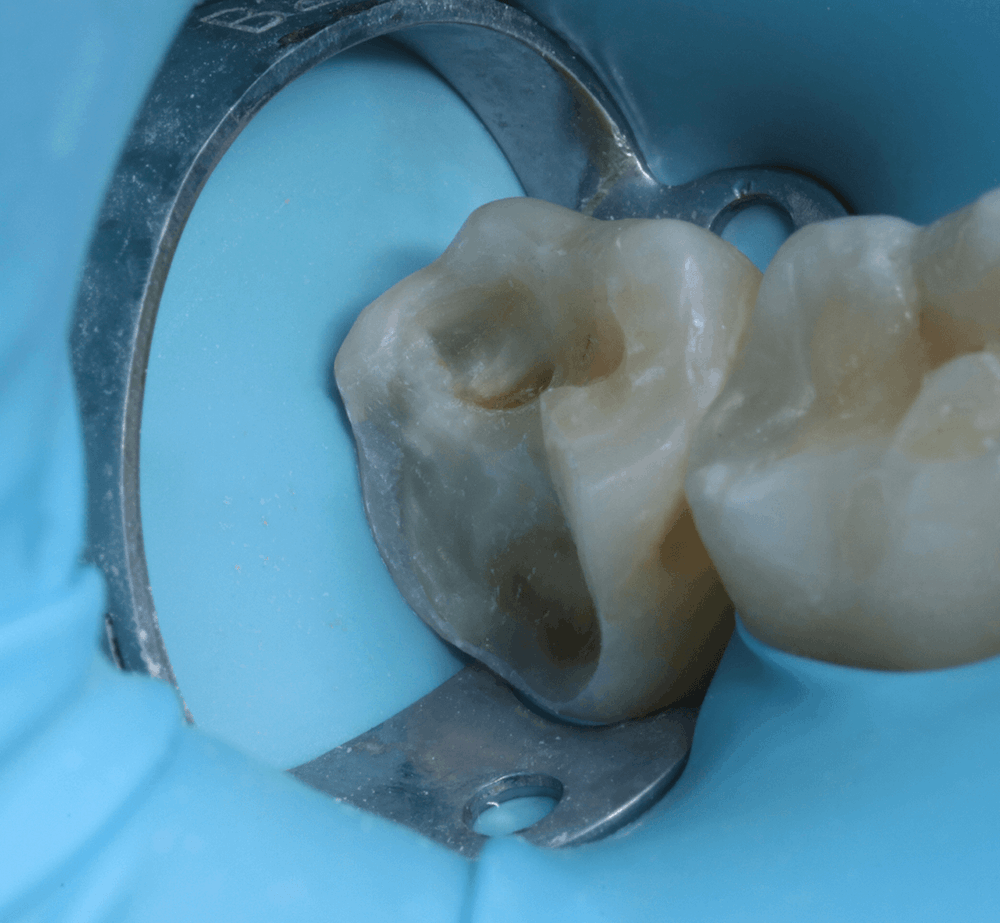
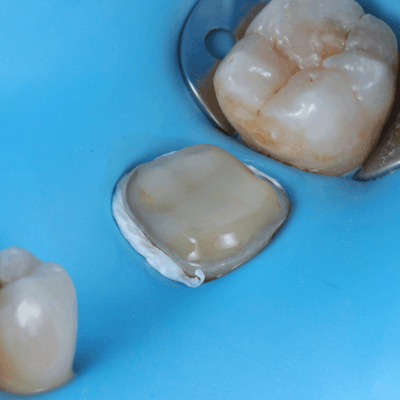
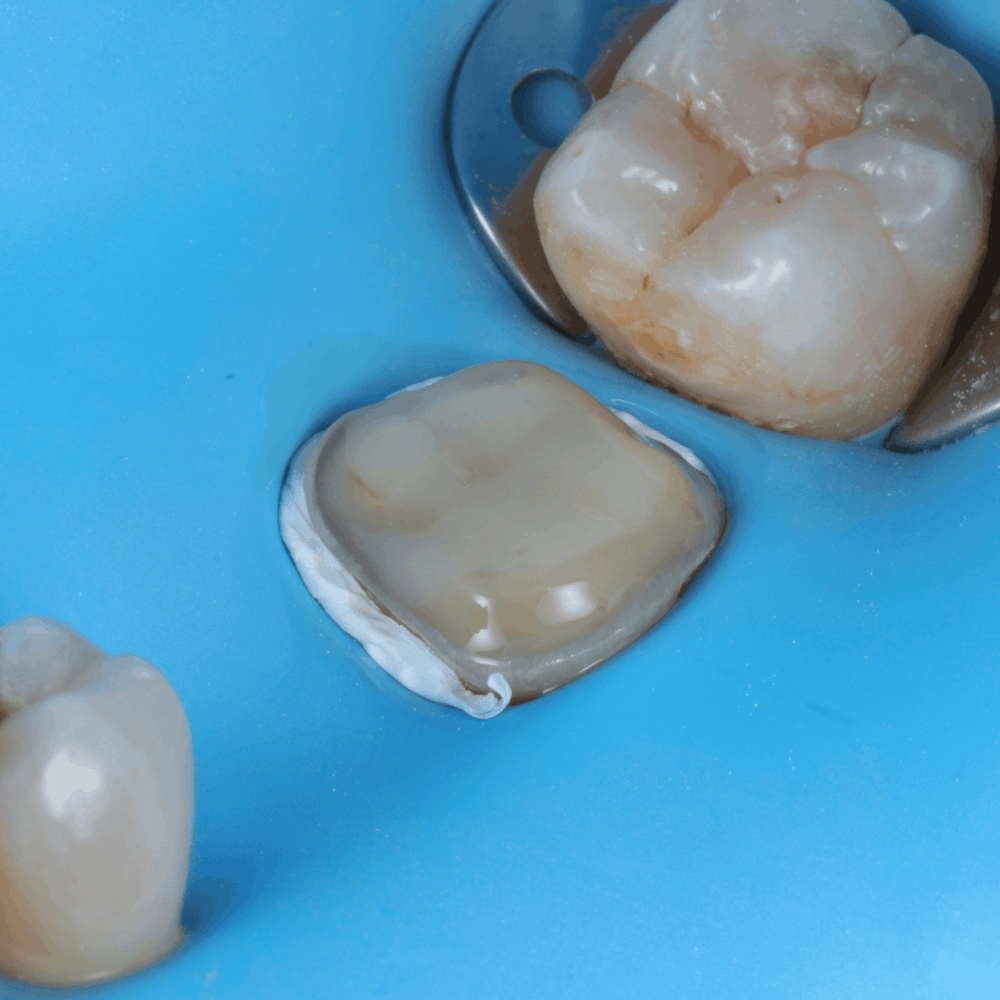
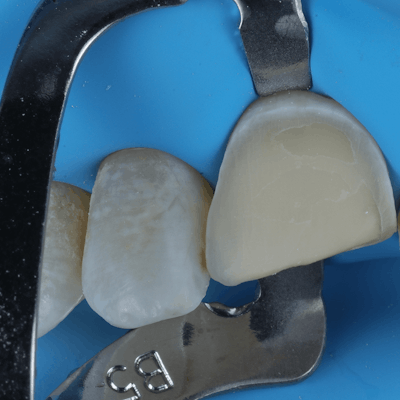

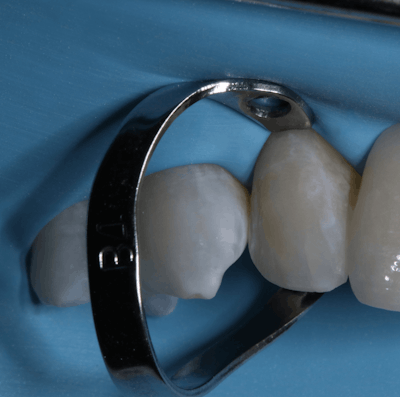

While there are a variety of factors that make a dental clamp effective, the jaws and the tips are the parts dentists should pay most attention to, “because those are the areas that engage the teeth in a really fundamental way.”
Higton explains that, in order to ensure that the clamp fits well and resists the dam’s tension, it should ideally have a wide A-P spread and four-point contact with the tooth.
“What we aim for is…four point contact evenly spread around the tooth, so that even under pressure, under tension, the clamp won’t go flying,” explains Higton.
After checking a patient’s tooth size and selecting and applying the appropriate clamp, Higton says that practitioners should press down on the clamp’s bow to ensure that it will maintain its tension during the procedure. “If the patient’s head bobs up and down, then you know it’s a good fit.”
While picking the correct retracting clamp is also of the essence, Higton says that ensuring the fit of the stabilizing clamp is paramount. “The most important thing here is that the dam is already stable,” explains Higton, noting that the placement of the rubber dam itself should be carefully attended to.
“Don’t cut corners,” she cautions.
Most importantly, it’s essential for dentists to know not only the how, but the why behind each step of the process. “You cannot just miss out on steps. You cannot just choose things for no reason,” says Higton. “You’ve got to have method behind the madness.”
 By: The New Dentist
By: The New Dentist




